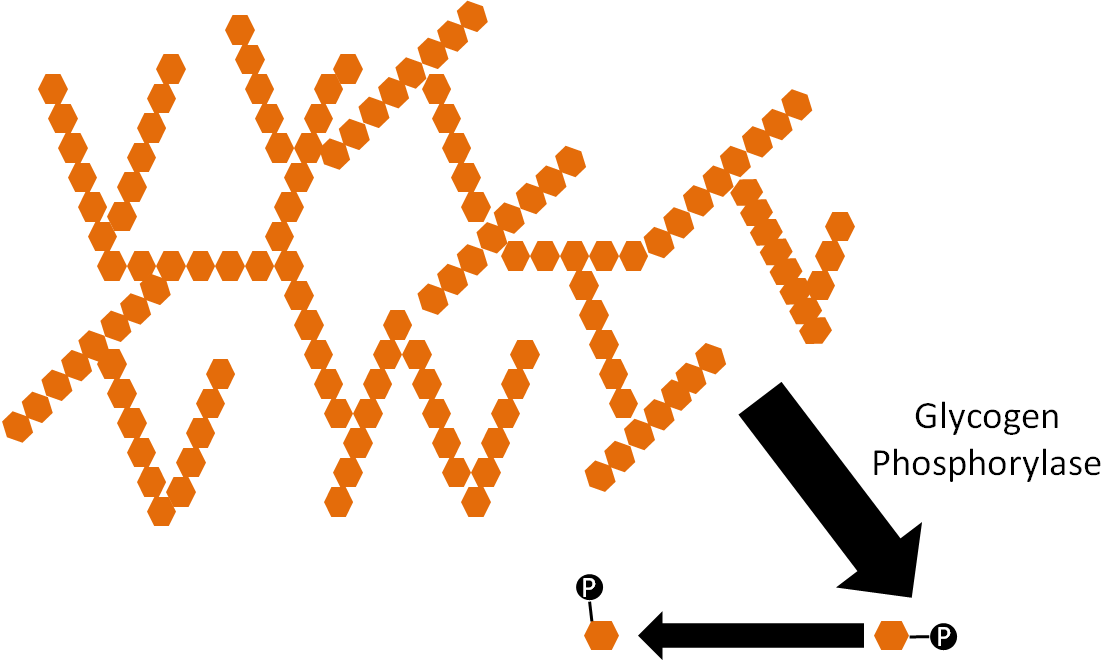PLP is a cofactor for over 100 different enzymes, most are involved in amino acid metabolism. In fact, without PLP, all amino acids would be essential because we would not be able to synthesize nonessential amino acids. Below are some of the functions of PLP and PMP1:

Figure 10.711 Transaminases require PLP or PMP2

Figure 10.712 Some deaminases require PLP3

Figure 10.713 Glycogen phosphorylase requires PLP
PLP is required for decarboxylase enzymes that are involved in the synthesis of the neurotransmitters GABA, serotonin, histamine, and dopamine. As an example, DOPA decarboxylase uses PLP to convert L-DOPA to dopamine as shown below1.

Figure 10.714 DOPA decarboxylase uses PLP to synthesize dopamine4
PLP is also required by gamma-aminolevulinic acid (ALA) synthetase that is involved in heme synthesis, as shown below. Heme will be discussed in more detail in the iron section.

Figure 10.715 ALA synthetase uses PLP in the heme synthesis pathway5
PLP is also used in one of the multiple reactions that occurs between kynurenine and niacin in its synthesis from tryptophan.

Figure 10.716 PLP is required for niacin synthesis from tryptophan6
In addition, PLP is also involved in:
Carnitine Synthesis
1-Carbon Metabolism
References & Links
1. Gropper SS, Smith JL, Groff JL. (2008) Advanced nutrition and human metabolism. Belmont, CA: Wadsworth Publishing.
2. http://en.wikipedia.org/wiki/File:Transaminierung.svg
3. http://en.wikipedia.org/wiki/File:DesaminierungCtoU.png
4. http://en.wikipedia.org/wiki/File:Catecholamines_biosynthesis.svg
5. http://en.wikipedia.org/wiki/File:Heme_synthesis.png
6. https://commons.wikimedia.org/wiki/File:Nicotinic_acid_biosynthesis2.png
Candela Citations
- Kansas State University Human Nutrition Flexbook. Authored by: Brian Lindshield. Provided by: Kansas State University. Located at: http://goo.gl/vOAnR. License: CC BY: Attribution
